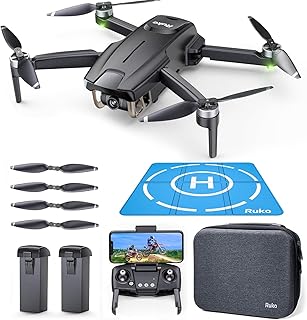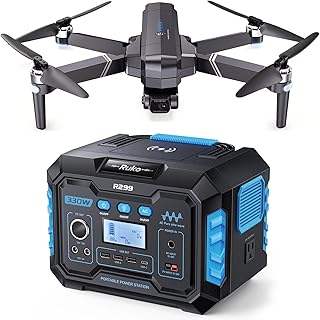General Safety Considerations:
* Always check local regulations: Drone laws vary by location. Make sure you are flying legally.
* Stay aware of your surroundings: Watch out for obstacles, people, and other aircraft.
* Don't fly in strong winds: Winds can push your drone off course and make it difficult to control.
* Don't fly in rain or snow: Moisture can damage your drone's electronics.
* Maintain visual line of sight: Always be able to see your drone.
* Use common sense: If you're unsure about flying in certain conditions, it's best to err on the side of caution and not fly.
Flying in Specific Conditions:
* Wind:
* Light wind: Flying is generally safe, but be aware of gusts.
* Moderate wind: May require adjustments to your flying style. Be prepared to land quickly if necessary.
* Strong wind: Dangerous conditions. Do not fly.
* Rain and Snow:
* Light rain or snow: Can be manageable, but keep the flight short. Be prepared for potential damage to your drone.
* Moderate to heavy rain or snow: Do not fly.
* Fog and Mist:
* Light fog or mist: Can be challenging as it reduces visibility. Use caution and only fly if absolutely necessary.
* Dense fog or mist: Do not fly.
* Heat and Cold:
* Extreme heat: Can affect your drone's battery life and performance. Fly in the shade or early morning/evening when it's cooler.
* Extreme cold: Can also affect battery life and damage electronics. Use caution or avoid flying in extremely cold conditions.
Tips for Flying in Challenging Conditions:
* Check weather forecasts: Get the latest weather information before flying.
* Fly in sheltered locations: Find a spot with some protection from the wind.
* Start slow and gradually increase altitude: See how your drone handles the conditions before going too high.
* Have a backup plan: Be prepared to land quickly if conditions change.
Important Note: The Ruko Drone, or any drone, may have specific limitations and recommendations for flying in different conditions. Consult the user manual for specific details.
Remember, the most important thing is to prioritize safety. If you're unsure about flying in a particular condition, it's best to err on the side of caution and not fly.


